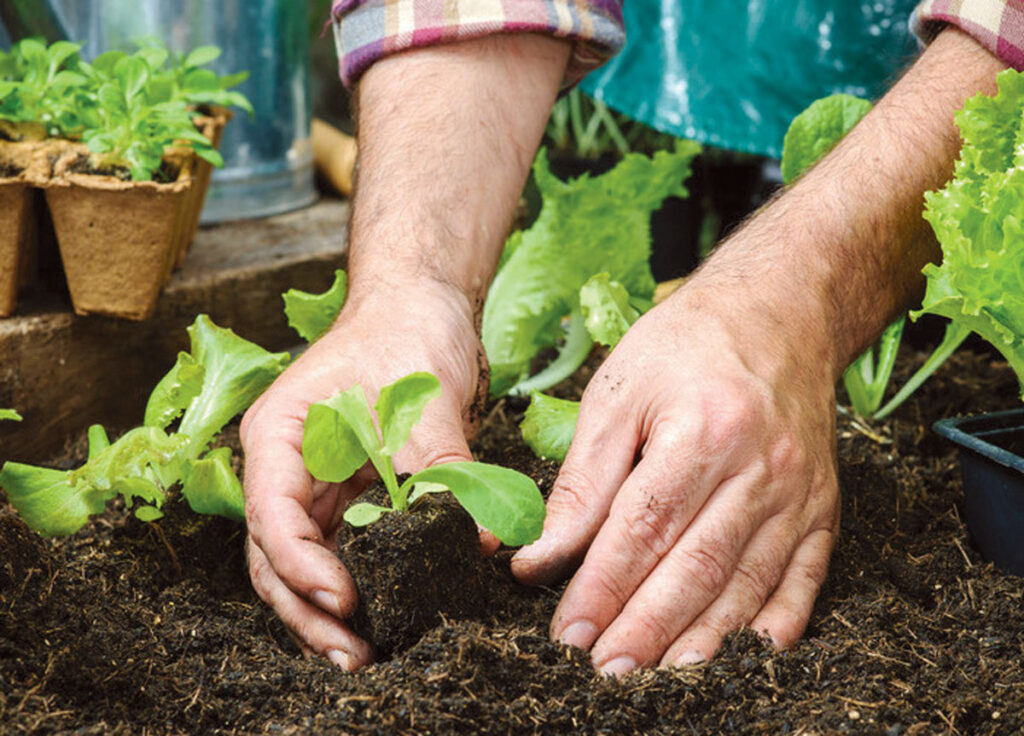You’ve probably wondered where exactly Jesus was arrested before his crucifixion. The garden where this pivotal moment took place holds deep historical and spiritual significance. Knowing the location helps you connect more deeply with the events that shaped Christian history.
The garden in question is called Gethsemane. Nestled at the foot of the Mount of Olives in Jerusalem, it’s a place of prayer and betrayal. Understanding why this garden became the backdrop for Jesus’ arrest gives you insight into the final hours of his earthly journey.
The Garden Where Jesus Was Arrested
Jesus was arrested in the Garden of Gethsemane, a place that holds profound significance in Christian history. This garden lies at the foot of the Mount of Olives in Jerusalem and serves as the setting for a key moment before his crucifixion.
Identifying the Garden of Gethsemane
The Garden of Gethsemane bears the meaning “oil press,” referring to its ancient olive trees. You can find this garden on the eastern slope of the Mount of Olives, just outside Jerusalem’s Old City walls. Today, its location is marked by the Church of All Nations and several olive trees believed to be centuries old, reflecting its historical roots. The Bible depicts this garden as the place where Jesus prayed deeply and was betrayed by Judas Iscariot, making it a focal point for pilgrims worldwide.
Historical and Biblical Context
The arrest in the Garden of Gethsemane occurred during the night after the Last Supper, as narrated in the Gospels of Matthew (26:36-56), Mark (14:32-52), Luke (22:39-53), and John (18:1-12). This event set the stage for Jesus’ trial and crucifixion. You gain insight into Jesus’ emotional and spiritual struggle by understanding his prayers and pleas recorded here. The garden’s quiet, secluded environment provided the backdrop for these critical moments, emphasizing its importance in the Passion narrative.
Significance of the Garden in Jesus’ Arrest
The Garden of Gethsemane serves as a pivotal setting for Jesus’ arrest, marking the transition from his ministry to his Passion. Its role extends beyond location, reflecting deep spiritual and historical dimensions.
Events Leading to the Arrest
The sequence in Gethsemane starts with Jesus withdrawing to pray after the Last Supper. You witness him wrestling with the impending suffering, as the Gospels describe in detail—highlighting his humanity and resolve. His prayers intensify, stressing submission to divine will despite personal agony. Soon after, Judas Iscariot arrives with a group of soldiers and officials to arrest Jesus, using a kiss to identify him. The abrupt shift from prayerful solitude to betrayal in this specific garden underscores the gravity of the moment.
Key Figures Present in the Garden
Several individuals appear during the arrest, each adding layers to the event. You find Jesus, his closest disciples—Peter, James, and John—who struggle to stay awake and support him. Judas Iscariot, whose betrayal leads directly to the arrest, plays the critical role of betrayer. Roman soldiers and temple guards accompany Judas, tasked with detaining Jesus. Their presence confirms official sanction and sets the trial process in motion. These figures together define the garden as a crossroads of loyalty, betrayal, and divine purpose.
The Role of the Garden in Christian Tradition
The Garden of Gethsemane holds deep significance in Christian tradition. It symbolizes Jesus’ final moments of prayer and his submission to divine will, marking a pivotal point in the Passion story.
Symbolism and Spiritual Importance
The garden represents a place of intense spiritual struggle and surrender. Jesus’ prayers here embody human vulnerability and obedience, making it a powerful symbol of faith under trial. You find in the garden a place where divine purpose and human emotion intersect, illustrating sacrifice and hope. Christians often view the garden as a site for reflection on forgiveness, betrayal, and redemption, reinforcing its spiritual relevance across denominations.
Depictions in Art and Literature
Artists and writers have long depicted the Garden of Gethsemane to capture its emotional and theological weight. Paintings often show Jesus praying beneath ancient olive trees, emphasizing solitude and resolve. Literary works focus on the tension between loyalty and betrayal, highlighting Judas’ kiss and the disciples’ struggle to stay awake. These portrayals deepen your understanding of the garden’s role, inviting contemplation of sacrifice and the human condition through vivid imagery and narrative.
Conclusion
Visiting or reflecting on the Garden of Gethsemane offers a powerful way to connect with a pivotal moment in Christian history. It’s more than just a location—it’s where profound human emotion and divine purpose meet.
Understanding this garden deepens your appreciation of the events leading to Jesus’ crucifixion and the themes of sacrifice, loyalty, and redemption. Whether you explore it physically or spiritually, the Garden of Gethsemane invites you to pause and reflect on the weight of those final hours.

Hi, I’m Md Rofiqul, a gardening enthusiast who loves spending time in the garden and backyard. I enjoy caring for plants, growing flowers and vegetables, and creating a green space that feels peaceful and refreshing. Gardening is more than just a hobby, it’s a passion that connects me to nature and brings joy to my daily life. Living with plants inspires me to embrace simplicity, patience, and sustainability while making every day more colorful and rewarding.

